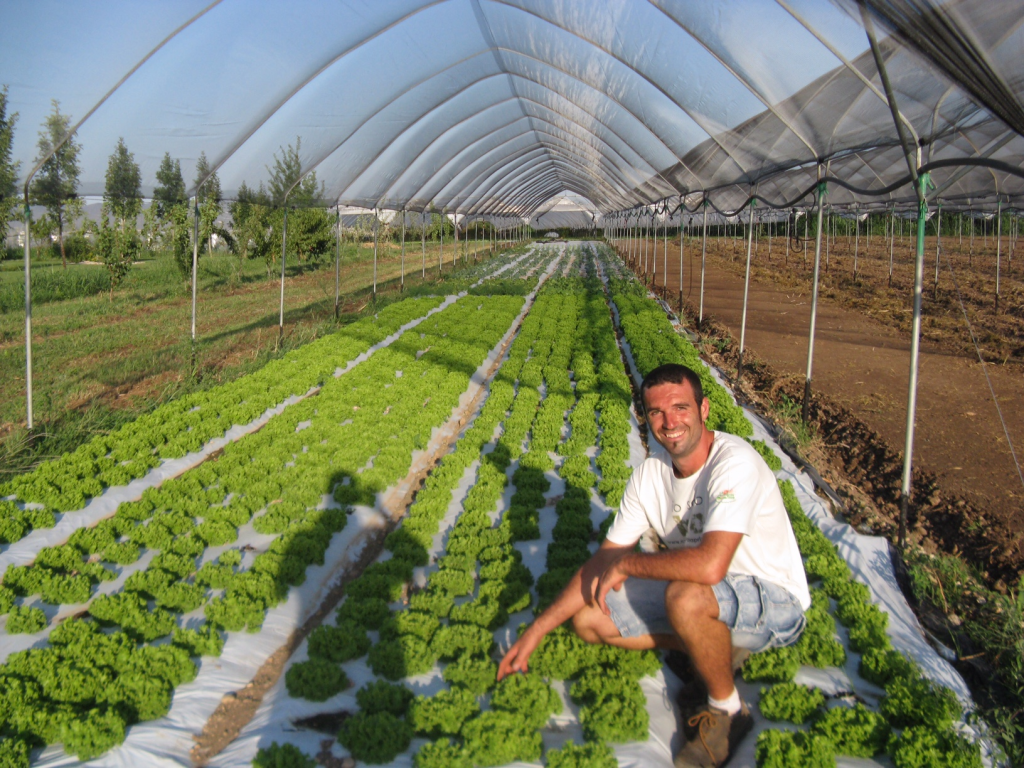Sustainable Farming Practices: Cultivating a Greener Future
Introduction:
In recent years, there has been an increasing global concern about the impact of conventional farming practices on the environment and human health. As a result, sustainable farming practices have gained significant attention for their ability to preserve natural resources, protect biodiversity, and promote long-term food security. This article aims to delve into various sustainable farming techniques that can be adopted by farmers to build resilient agricultural systems.
1. Organic Farming:
Organic farming is one of the most widely recognized sustainable practices in agriculture. It focuses on eliminating the use of synthetic fertilizers, pesticides, and genetically modified organisms (GMOs). Instead, organic farmers rely on natural methods such as crop rotation, composting, cover cropping, and biological pest control to maintain soil fertility and control pests.
Crop rotation involves planting different crops in successive seasons or years to break disease cycles and improve soil health. Composting enables farmers to recycle organic waste materials into nutrient-rich fertilizers that enhance soil structure and microbial activity. Cover cropping involves growing specific plants between main crops to prevent erosion, suppress weeds, and enrich the soil with nitrogen-fixing bacteria.
2. Agroforestry:
Agroforestry combines trees or shrubs with agricultural crops or livestock production systems. This practice offers numerous benefits such as increased biodiversity, improved water management through reduced evaporation rates from soil surfaces due to shade provided by trees or shrubs; enhanced carbon sequestration; better protection against wind erosion; improved microclimates for livestock; and additional sources of income through timber or fruit production.
There are several types of agroforestry systems including alley cropping (planting rows of trees alongside agricultural crops), silvopasture (combining forestry with grazing animals), and windbreaks (planting trees along field boundaries).
3. Conservation Tillage:
Conventional tillage methods involve plowing fields before planting seeds, which leads to soil erosion, loss of organic matter, and increased greenhouse gas emissions. Conservation tillage practices aim to minimize soil disturbance and maintain crop residues on the field surface.
No-till farming is a popular conservation tillage technique that involves planting seeds directly into untilled soil with minimal disturbance. This practice helps retain moisture in the soil, reduces erosion rates, sequesters carbon in the form of plant residues, and enhances overall soil health.
4. Water Management Techniques:
Water scarcity is a significant challenge faced by farmers worldwide. Sustainable water management practices can help conserve this precious resource while ensuring optimal crop growth.
Drip irrigation systems deliver water directly to plant roots through a network of pipes or tubes equipped with emitters. This method reduces water wastage due to evaporation or runoff compared to traditional overhead sprinkler systems.
Rainwater harvesting techniques involve collecting rainwater from rooftops or fields for later use in irrigation or livestock watering. Rain barrels, cisterns, and small ponds are commonly used for storage purposes.
5. Integrated Pest Management (IPM):
Integrated Pest Management focuses on minimizing chemical pesticide usage by combining various pest control strategies such as biological control agents (predators or parasitoids), cultural methods (crop rotation, intercropping), physical barriers (nets or traps), and resistant crop varieties.
By utilizing IPM techniques, farmers can effectively manage pests without harming beneficial organisms like pollinators and natural predators while reducing their reliance on synthetic pesticides that harm both human health and the environment.
Conclusion:
Sustainable farming practices offer a viable alternative to conventional agriculture methods that prioritize short-term gains over long-term sustainability. By adopting organic farming techniques, implementing agroforestry systems, practicing conservation tillage approaches, managing water resources efficiently, and incorporating integrated pest management strategies – farmers can not only protect the environment but also ensure food security for future generations.
It is crucial for agricultural communities around the world to embrace sustainable farming practices and work towards building resilient agricultural systems that minimize environmental impact while meeting the growing demand for food. Through collective efforts, we can cultivate a greener future and ensure the well-being of both our planet and ourselves.


Leave a comment